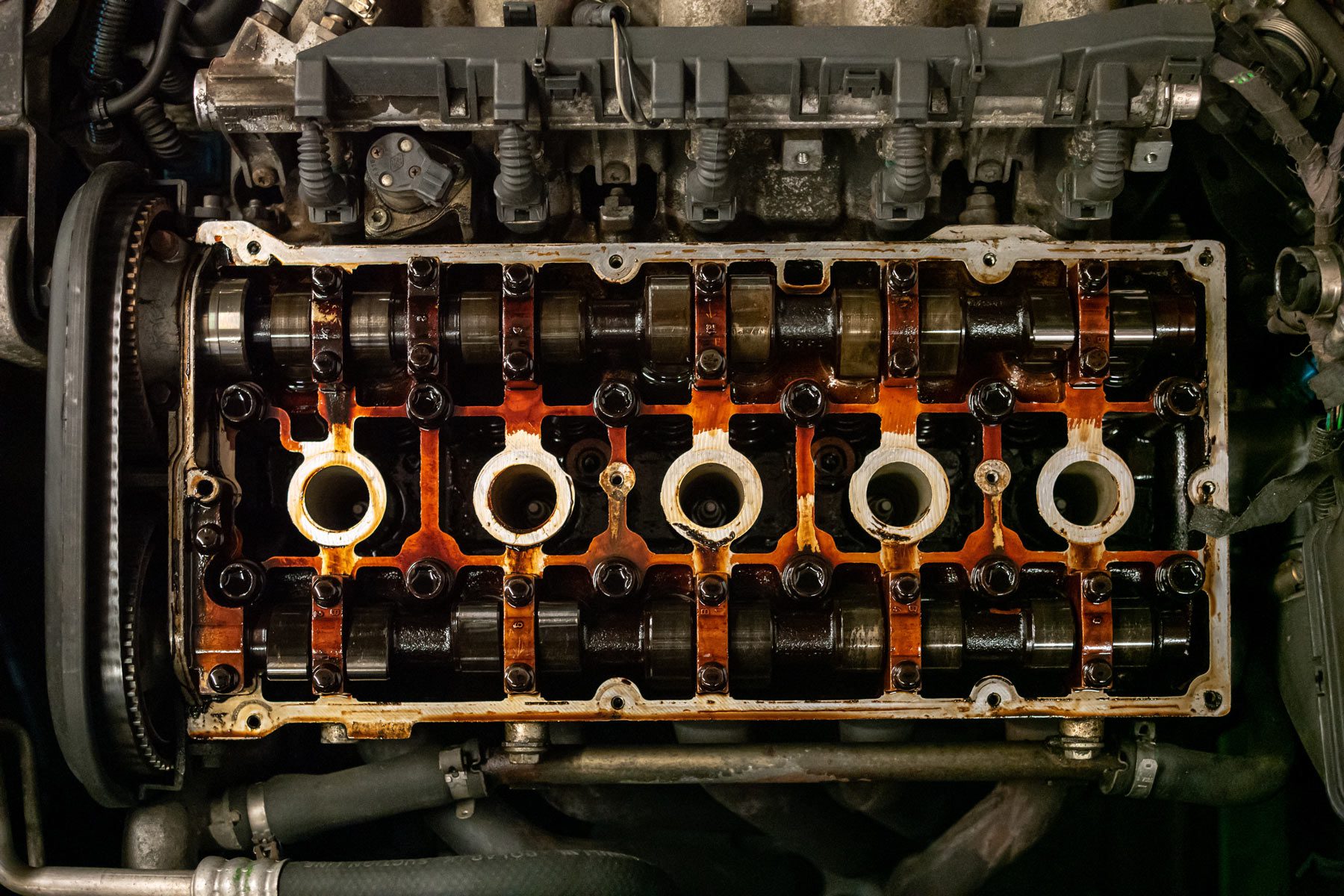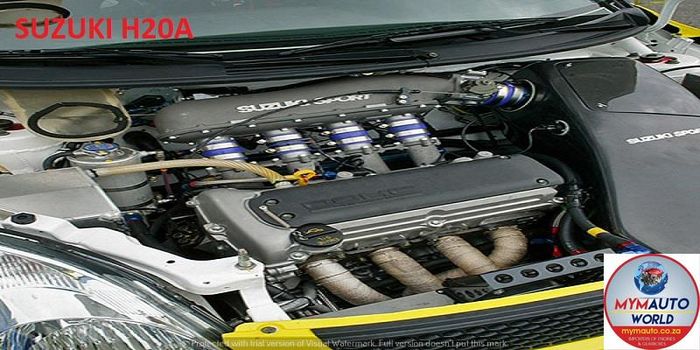Opel Corsa Engine: Efficiency and Reliability for Your Lorry
Opel Corsa Engine: Efficiency and Reliability for Your Lorry
Blog Article
Exploring the Inner Workings of a Compact Car's Engine System
As chauffeurs, we frequently take for approved the intricate procedures that take place within the confines of our lorry's engine system. In this expedition of a compact automobile's engine system, we will decipher the internal functions of this mechanical harmony, shedding light on the secrets that drive us forward on our everyday trips.
Burning Process Summary
The burning procedure in a portable lorry's engine system is a crucial mechanism that successfully transforms gas into power to power the vehicle. This process takes place within the burning chamber of the engine, where fuel and air mix, spark, and create regulated explosions. The burning procedure contains 4 primary phases: intake, compression, power, and exhaust.
During the consumption stage, the piston moves downward, pulling in a mixture of air and fuel right into the combustion chamber. The following phase, compression, entails the piston relocating upward, compressing the air-fuel combination to increase its effectiveness. Ultimately, in the power phase, the stimulate plug stirs up the compressed blend, resulting in a rapid expansion of gases that requires the piston back down. This descending activity creates the power required to drive the lorry. Ultimately, in the exhaust stage, the burned gases are expelled from the burning chamber with the exhaust valve, preparing the chamber for the following cycle. This cyclic combustion procedure is basic to the operation of a compact vehicle's engine system, making sure effective energy conversion for propulsion.
Piston and Cylinder Interaction

The piston's specific fit within the cylinder is vital for maintaining optimum compression and preventing energy loss throughout combustion. Tight clearances between the piston and cyndrical tube wall surfaces make certain reliable securing, enabling the piston to relocate smoothly without enabling gases to leak past. Appropriate lubrication is additionally crucial to minimize rubbing and wear in between these elements, boosting long life and performance.
Additionally, the style and products made use of in producing the piston and cyndrical tube effect engine performance and resilience. Modern engines typically utilize light-weight yet long lasting products like aluminum alloys for pistons and cylinder liners to decrease inertia and improve thermal efficiency. In general, the unified communication in between the piston and cyndrical tube is essential to the engine's performance and general efficiency.
Fuel Injection System Capability
Fuel shot systems in small automobile engines play a crucial duty in precisely delivering fuel to the combustion chamber for regulated and effective ignition. The gas injection system works by infusing fuel into the burning chamber at the ideal minute throughout the engine's operation (opel corsa engine). This specific timing makes certain that the fuel mixes evenly with the air for appropriate burning, leading to improved gas performance and minimized emissions
There are mainly 2 types of fuel shot systems used in compact vehicle engines: port fuel injection (PFI) and straight gas injection (DFI) PFI systems infuse fuel right into the intake port prior to the intake valve, while DFI systems infuse fuel straight right into the burning chamber. Both systems have their benefits, with DFI providing far better fuel atomization and PFI giving a more affordable option.
Understanding Engine Cooling Devices
Reliable operation of a portable lorry's engine depends heavily on the effectiveness of its cooling mechanisms. Engine air conditioning is essential to prevent getting too hot, which can result in severe damages and decreased efficiency. The air conditioning system in a portable vehicle generally includes numerous parts functioning with each other to control the engine temperature level. One critical component is the radiator, which uses coolant to take in warm from the engine. As the hot coolant flows via the radiator, it launches heat right into the air, cooling off prior to returning to the engine. The water pump circulates the coolant through the engine and radiator, ensuring a consistent circulation to control temperature. In addition, the thermostat assists control the coolant flow to keep optimal engine temperature. Some automobiles likewise have cooling down followers that activate when added cooling is Clicking Here required, such as during rush hour or heat. Recognizing these engine cooling systems is crucial for preserving the efficiency and durability of a portable vehicle's engine system.

Exhaust System Components Explained
The optimum functioning of a portable car's engine air conditioning mechanisms depends upon a corresponding system understood as the exhaust system, which comprises various necessary parts for making certain efficient exhausts and engine efficiency. The exhaust system consists of components such as the exhaust manifold, catalytic converter, muffler, and tailpipe. The exhaust manifold gathers exhaust gases from the engine's cylinders and paths them to the catalytic converter. The catalytic converter after that transforms damaging toxins in the exhaust right into less unsafe emissions before launching them via the muffler and tailpipe.
One critical component of the exhaust system is the oxygen sensor, which monitors the oxygen levels in the exhaust gases to assist regulate gas consumption and make sure optimum engine performance. opel corsa engine. Furthermore, the resonator may be present in some exhaust systems to minimize noise levels. Generally, the exhaust system plays a crucial role in maintaining engine performance, minimizing damaging exhausts, and ensuring a quieter driving experience for compact automobile proprietors

Verdict
In final thought, the small automobile's engine system is an intricate mix of parts that work with each other to help with the combustion process, convert fuel into energy, and eliminate waste gases. Comprehending the inner operations of the engine system, including the piston and cylinder interaction, gas shot system, engine air conditioning devices, and exhaust system components, is critical for preserving ideal efficiency and effectiveness of the vehicle.
The burning process in a portable car's engine system is a critical system that efficiently converts fuel into power to power the car.Gas injection systems in compact car engines play a critical role in specifically providing gas to the combustion chamber for regulated and efficient ignition.There are primarily 2 kinds of fuel injection systems utilized in portable car engines: port fuel injection (PFI) and discover here straight gas shot (DFI) Understanding these engine cooling mechanisms is essential for keeping the performance and long life of a small vehicle's engine system.
The optimum performance of a portable car's engine cooling devices depends on a complementary system known as the exhaust system, which comprises various Full Report essential parts for guaranteeing reliable discharges and engine performance.
Report this page